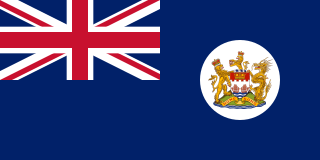
British Forces Overseas Hong Kong comprised the elements of the British Army, Royal Navy and Royal Air Force stationed in British Hong Kong. The Governor of Hong Kong also assumed the position of the commander-in-chief of the forces and the Commander British Forces in Hong Kong took charge of the daily deployment of the troops. Much of the British military left prior to the handover of Hong Kong to China in 1997. The present article focuses mainly on the British garrison in Hong Kong in the post Second World War era. For more information concerning the British garrison during the Second World War and earlier, see the Battle of Hong Kong.
Enoggera Barracks is an Australian Army base in the northwestern Brisbane suburb of Enoggera in Queensland, Australia. It was officially established in the early 20th century when the area was used for field training, although the area was used by military units as far back as the mid-19th century. Since then it has been developed into a modern military base, which is now home to units of the 7th and 11th Brigades as well as the headquarters of the 1st Division and the 16th Aviation Brigade.

The 1st Armoured Infantry Brigade was an infantry brigade of the British Army with a long history including service during both the First and the Second World Wars. It was based at Tidworth Camp. Previously, it has been designated 1st (Guards) Brigade, 1st Infantry Brigade, 1st Mechanised Brigade, and under the initial Army 2020 reforms assumed the title of 1st Armoured Infantry Brigade. Under the Future Soldier programme, the brigade merged with the 1st Artillery Brigade to form the 1st Deep Recce Strike Brigade Combat Team.
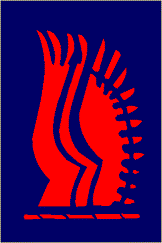
The 24th Infantry Brigade was an infantry brigade of the British Army from the First World War. It was reraised during the Second World War, as the 24th Infantry Brigade (Guards). During various designations, the brigade was active throughout the Cold War and existed until 1999, when it was merged with the 5 Airborne Brigade to become 16 Air Assault Brigade.

Colchester Garrison is a major garrison located in Colchester in the county of Essex, eastern England. It has been an important military base since the Roman era. The first permanent military garrison in Colchester was established by Legio XX Valeria Victrix in AD 43, following the Roman conquest of Britain. Colchester was an important garrison town during the Napoleonic Wars and throughout the Victorian era. During the First World War, several battalions of Kitchener's Army were trained there.

The 20th Armoured Brigade Combat Team, previously the 20th Armoured Infantry Brigade, is an armoured infantry brigade formation of the British Army, currently headquartered at Wing Barracks, Bulford, Wiltshire, as part of the 3rd Division.

The 11th Security Force Assistance Brigade is a brigade of the British Army which is intended to train and assist foreign forces. In 2021, under the Future Army changes, the brigade was redesignated, formerly being the 11th Infantry Brigade & HQ South East. Prior to the Army 2020 changes in 2013, the brigade was temporarily activated for deployment to Afghanistan. Originally formed in the Second Boer War, the brigade was engaged during both World Wars.
The 19th Brigade is an Army Reserve formation of the British Army. As the 19th Infantry Brigade, it fought in the First and Second World War.
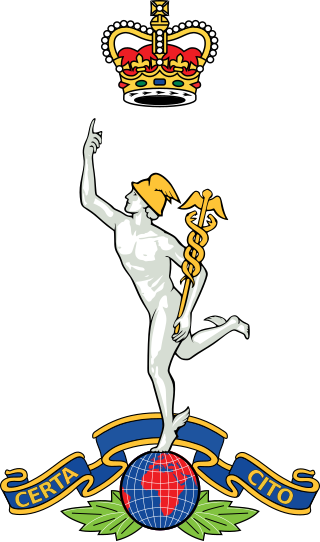
The 2nd Signal Brigade, was a military formation of the British Army composed of Royal Corps of Signals units. The brigade was first formed following the reorganisation of the old Territorial Army in 1967, and was disbanded in 2012 under the Army 2020 programme. However, later the 2nd Signal Group was formed continuing the lineage of the old brigade, before it was disbanded in 2018.
The Army Apprentices College was a college system in the United Kingdom that offered military training, education and common core skills, leadership and adventurous training, character development and trade training.
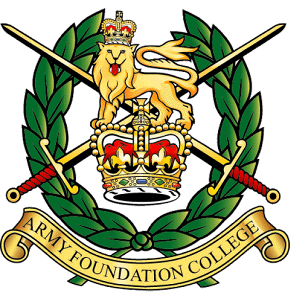
The Army Foundation College (AFC) in Harrogate, England, is the sole initial military training unit for British Army recruits who enlist aged between 16 and 17.5 years.

Arborfield Green is a new village approximately 1 mile (1.6 km) south east of the village of Arborfield Cross in the English county of Berkshire, previously a British Army garrison called Arborfield Garrison. The army vacated the site in 2015 and it is now being redeveloped for housing, with a total of 3,500 homes planned. The Garrison and its associated housing estates are split between the civil parishes of Arborfield and Newland, Barkham, Finchampstead, and Swallowfield. Both parishes are within the unitary authority of Wokingham. According to the Post Office, the majority of the 2011 Census population was included in the civil parish of Barkham. As of 2023, the new village centre is still under construction.
Beavers Lane Camp, Hounslow, London is a former camp of the British Army; it was originally built as an extension to the Cavalry Barracks, Hounslow and was also known as I.T. Centre, Hounslow.
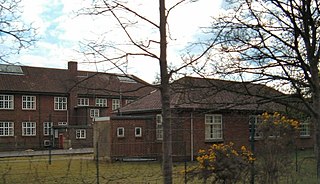
Bordon and Longmoor Military Camps are British Army training camps close to the A3 and A325 roads in and around the settlements of Bordon, Longmoor, Liss and Liphook in Hampshire, England. The main street of the Longmoor part of the camp is built on an ancient Roman road, the Chichester to Silchester Way, while the village of Greatham lies to the west. The combined camp and training area coveres 1,783 hectares of wooded areas, heath, wetlands and hard standings. Longmoor camp and the training areas are still active, and maintained by the Defence Infrastructure Organisation.

The 1st Signal Brigade, formerly known as the 1st Signal Group, is a brigade of the British Army. The group was first formed in 1968 as a result of the 1966 Defence White Paper which expanded support for NATO and the British Army of the Rhine. In 1987, the group was disbanded and merged into the 2nd Signal Brigade. In 1995, the brigade was reformed and has since deployed on operations across the globe in support of NATO and HQ Allied Rapid Reaction Corps.
Claro Barracks is a British Army installation in Ripon, North Yorkshire. It is set to close in 2026.
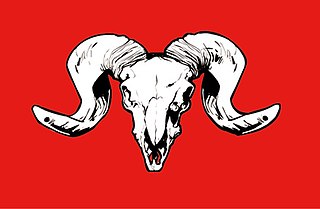
The 1st Artillery Brigade was a support formation of the British Army from 1961-77 and from 1997. Part of the 3rd Division, it oversaw all army close support artillery and deep fires units. Under the Future Soldier programme, the brigade merged with 1st Armoured Infantry Brigade to form 1st Deep Reconnaissance Strike Brigade Combat Team.
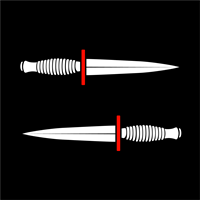
The Army Special Operations Brigade, previously called the Specialised Infantry Group, is a formation of the British Army, initially created as a result of the Army 2020 Refine reorganisation, intended to train foreign forces. Its name and role was adapted after the Defence in a Competitive Age reforms, to a unit that not only trains partner nations, but also fights alongside them in "complex high-threat environments".

Aldershot Command was a formation of the British Army at the start of the Second World War in September 1939. It had been re-formed in 1905, when the army established a series of geographical military districts, known as "commands", to replace six army corps that had existed for a short period. The purpose of the commands was to administer all units and formations located within their geographical borders, and if needed could be further subdivided into "areas". In 1939, it was one of the army's six regional commands, which existed within the British Isles, on the outbreak of the Second World War. Its geographical area encompassed parts of the following four counties: Berkshire, Hampshire, Surrey, and Sussex.
The book "ARMY APPRENTICES HARROGATE" by Colonel Cliff Walters late Royal Signals. 2002. ISBN 1-84114-218-2















